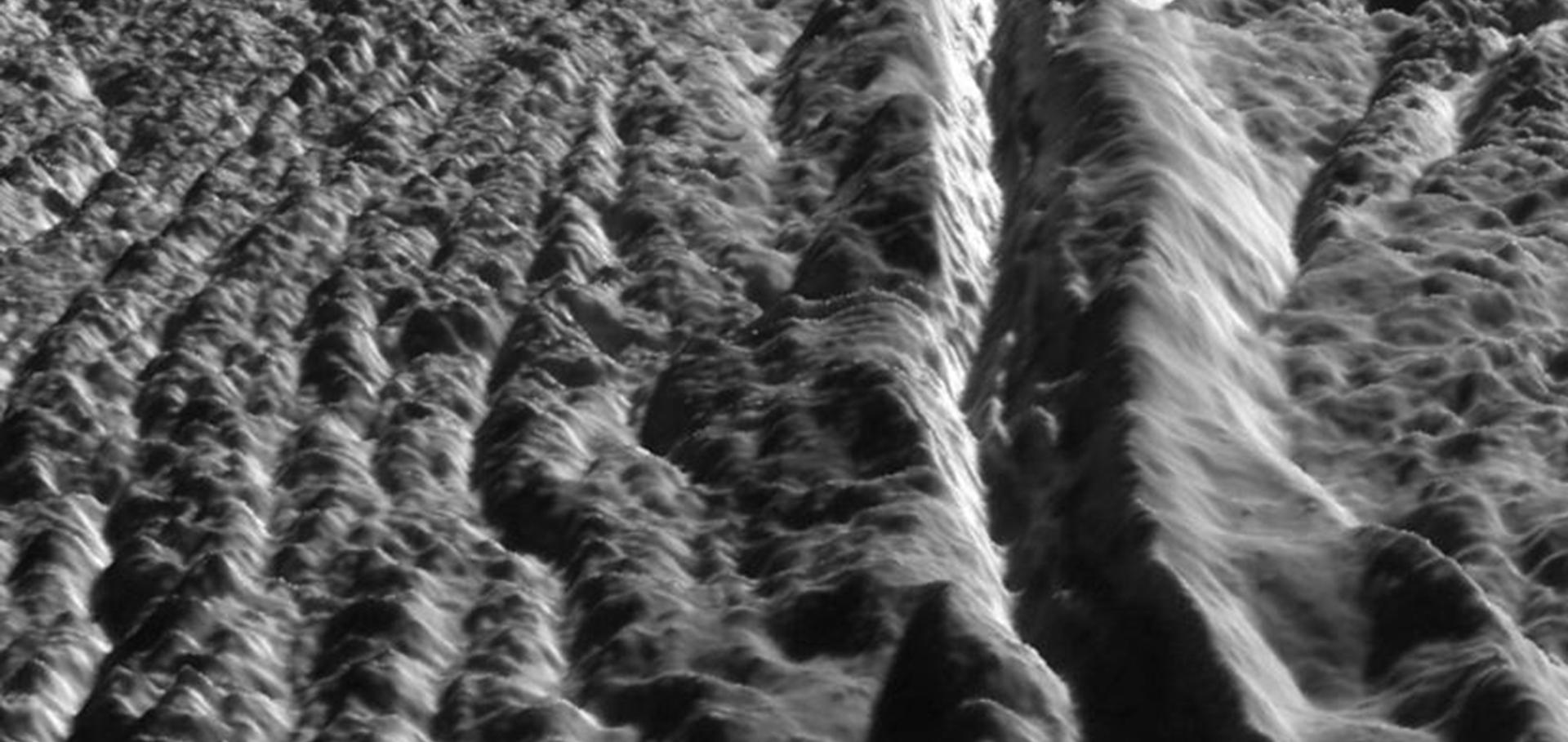Lucy Mission to the Trojan Asteroids: Science Goals
The Planetary Science Journal American Astronomical Society 2:5 (2021) 171
Lucy Mission to the Trojan Asteroids: Instrumentation and Encounter Concept of Operations
The Planetary Science Journal American Astronomical Society 2:5 (2021) 172
Lucy Mission to the Trojan Asteroids: Instrumentation and Encounter Concept of Operations
(2021)
Persephone: A Pluto-system Orbiter and Kuiper Belt Explorer
The Planetary Science Journal American Astronomical Society 2:2 (2021) 75
Habitability of Small Bodies — State of Knowledge and Motivations for Exploration in the Next Decade
Bulletin of the AAS American Astronomical Society 53:4 (2021)

